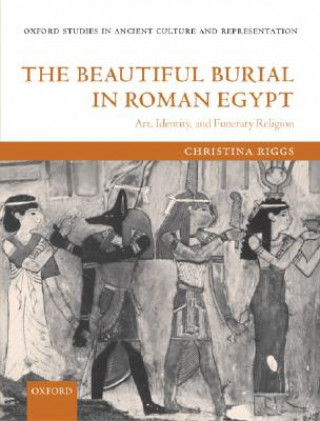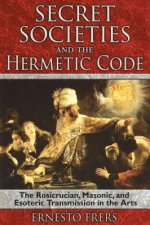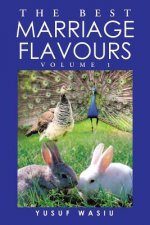
Dostava
Savjetnik za kupnju





Proizvod vam ne odgovara? Nema veze! Možete nam vratiti unutar 30 dana
 Poklon bon
u bilo kojoj vrijednosti
Poklon bon
u bilo kojoj vrijednosti
S poklon bonom ne možete pogriješiti. Za poklon bon primatelj može odabrati bilo što iz naše ponude.
Beautiful Burial in Roman Egypt
 Engleski
Engleski
 916 b
916 b
30 dana za povrat kupljenih proizvoda
Moglo bi vas zanimati i


Oxbow says: New forms of visual representation entered Egyptian art traditions along with exposure to the Greek world under the Ptolemaic dynasty. The movement towards greater naturalism in art and naturalistic portraiture in particular, had a great impact on Egyptian funerary traditions and became the choice of the local elites. Christina Riggs' study examines 'beautiful' burials in Roman Egypt from the mid-1st century BC to the end of the 3rd century AD, focusing especially on two coffin groups from the vicinity of el-Hibis in the Kharga Oasis and Akhmim in Middle Egypt. Through detailed analysis of these burials with their decorated coffins, inscriptions, stone stelae and complex iconography, Riggs looks at how aspects of Egyptian funerary symbolism and treatment were combined with Greek artistic traditions. In this regard, her interests go beyond the more typical preoccupation with portraiture, to include a discussion of more than 150 objects and tombs. This evidence is placed within the context of changes in visual arts during this period, existing funerary traditions and religious beliefs, and the social, political and economic nature of Egyptian society from the Roman conquest through to the early Byzantine period.
Informacije o knjizi
 Engleski
Engleski
Kategorija




 Kako kupovati
Kako kupovati




























